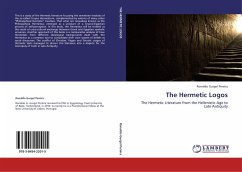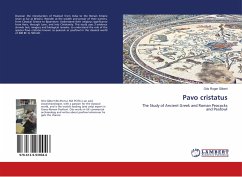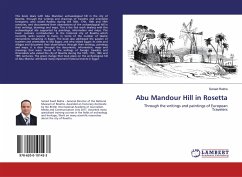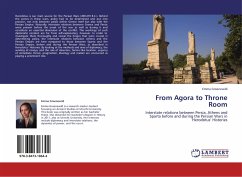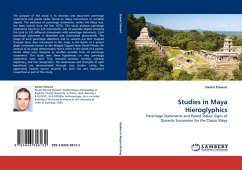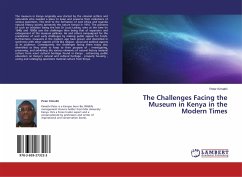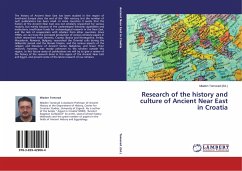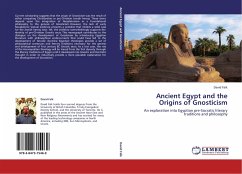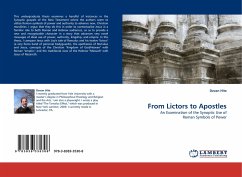
Beyond Second Kassite Cylinder Seals
An Ethnoarchaeological Approach to the Written and Material Evidence of the Fourteenth and Thirteenth Centuries BCE
Versandkostenfrei!
Versandfertig in 6-10 Tagen
36,99 €
inkl. MwSt.

PAYBACK Punkte
18 °P sammeln!
This paper examines the neglected elements of Kassite craftspeople in the organization, control, distribution, production, and use of Second Kassite cylinder seals of the fourteenth century BCE, which may then be applied as a model for other craft industries in ancient history. Previous studies have not focussed on these humanistic, economic, and social aspects but such questions must be asked of ancient industries. A further aim is to make connections between the disciplines of ethnography, history, and archaeology, to produce a well-informed study. To facilitate this, studies of modern beadm...
This paper examines the neglected elements of Kassite craftspeople in the organization, control, distribution, production, and use of Second Kassite cylinder seals of the fourteenth century BCE, which may then be applied as a model for other craft industries in ancient history. Previous studies have not focussed on these humanistic, economic, and social aspects but such questions must be asked of ancient industries. A further aim is to make connections between the disciplines of ethnography, history, and archaeology, to produce a well-informed study. To facilitate this, studies of modern beadmaking techniques in Khambhat, India will be combined with available Kassite written and material evidence from the site of Nippur, which will be supplemented by information from other sites when necessary to illustrate a point.



